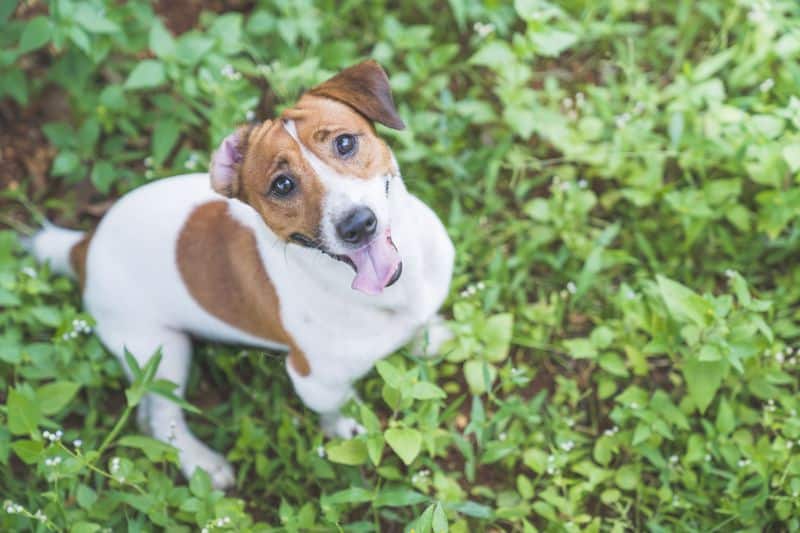Creating and Maintaining a Pet-Safe Garden

Depending on where you stand, yard work can either be incredibly rewarding or super draining. Either way, it has to be done and the spring season is the perfect time to get a head start. Weekend warriors have already begun waking up their garden beds, opening up the shed, and taking an inventory of all the products piled up in the garage.
For pet owners, the safety of their furry loved ones should take top priority when it comes to gardening. The good news is that it’s not only possible to provide a pet-safe garden for your furry friend, when they have a variety of plants and flowers around them they are likely to be at their happiest.
A Precautionary Tale
It’s true that a garden can be equally safe and beautiful. You don’t have to forego any luscious colors or scents on your pet’s behalf, but you do need to be a bit choosier when it comes to your plantings.
Popular species like rhododendrons, azaleas, tulips, daffodils, hyacinths, lilies and oleander top the list of poisonous plants for our four-legged friends. Be on the lookout for any vomiting, upset tummy, diarrhea, seizures, or other obvious symptoms of pet poisoning.
Planting a Pet-Safe Garden
Fortunately, there are plenty of non-toxic plants you can purchase that are considered safe for dogs and safe for cats, as well. Take a good look around your property for any species that were planted by previous residents. If you know or suspect that your pet got into something, try to find what they ate and save it – that way you’ll have some to bring with you should your pet need emergency services, .
Other Dangers Out Back
Pet owners should be aware that mulch, specifically cocoa mulch, is incredibly damaging if ingested by a pet. Opt for cedar or pine bark to line those landscaping beds instead, and be sure the mulch isn’t sprayed with insecticide or pesticide.
Speaking of Chemicals
Similarly, applying fertilizer or weed killer to the lawn and garden can have terrible consequences to your pet’s health. Look for commercially available pet-safe garden products.
Whether you have snails, rodents, or bugs, bait products contain high levels of toxic chemicals. If your pet eats the bait, or eats a critter that has eaten bait, they are at risk of being poisoned. Please consult with a gardening professional to find natural alternatives to support a pet-safe garden.
What About Allergies?
It’s not uncommon for animals to show symptoms of an allergic reaction to types of plants or flowers that produce high levels of pollen. If you notice itchy or inflamed skin, red nose, or pawing at the eyes, please let us know.
If you know that a certain flower or plant upsets your pet’s delicate balance, try to remove the plant from your yard or window boxes.
A Word on Fencing
A great component of a pet-safe garden is how protected it is from predators, wild or stray animals, as well as an escape risk. Six-foot high fencing and gate systems are ideal. Be careful of a dog that likes to dig beneath the fence and reinforce holes to deter future sprees.
A Lovely, Pet-Safe Garden
Our veterinary team hopes that you and your pet enjoy all that the spring season has to offer. If you need further tips and tricks regarding creating and maintaining a pet-safe garden, please contact us.


